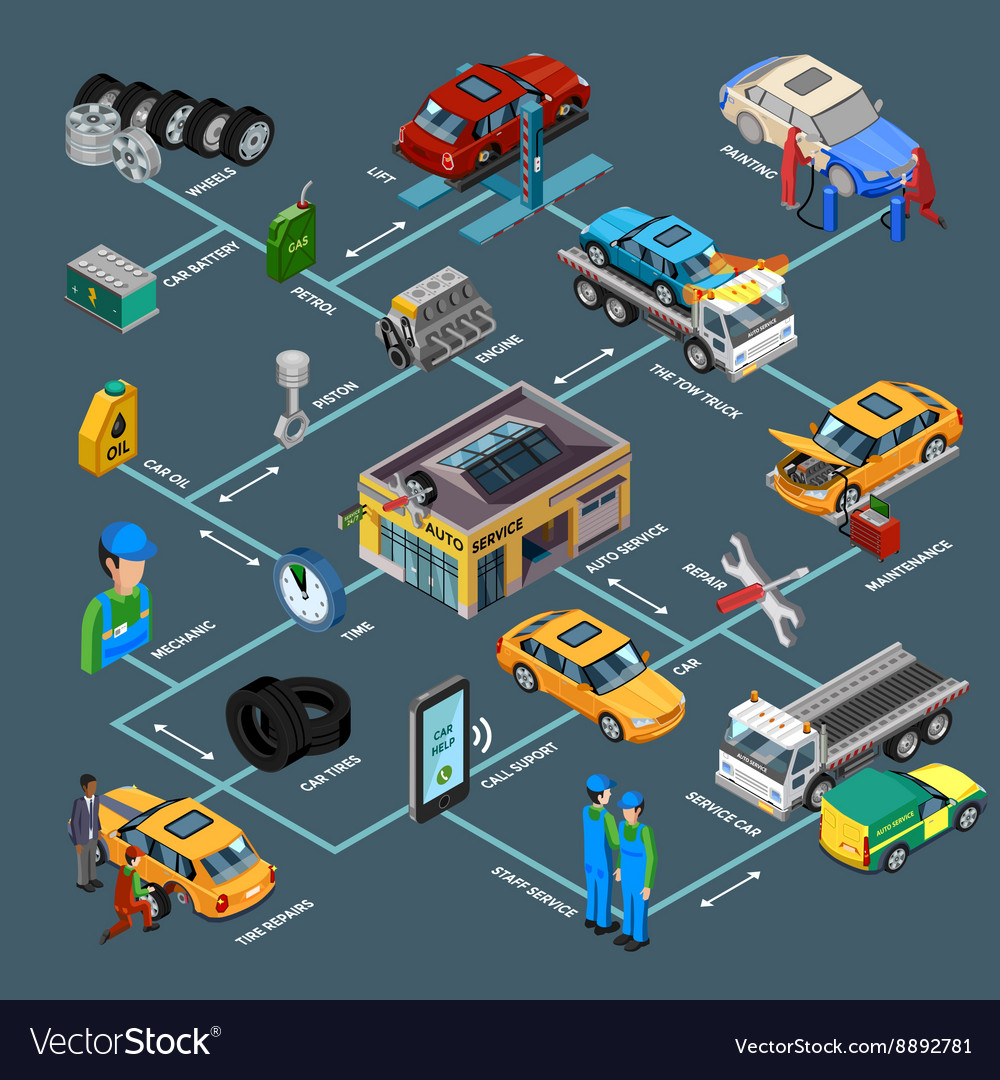Seeking Clearness On The Caution Lights Presented On Your Vehicle'S Dashboard? Discover How They Connect To Your Automobile'S Health And Safety
Seeking Clearness On The Caution Lights Presented On Your Vehicle'S Dashboard? Discover How They Connect To Your Automobile'S Health And Safety
Blog Article
Authored By-Termansen Alvarado
When you're behind the wheel, those radiant warning lights on your control panel can be a bit puzzling. Do you recognize what they're trying to inform you concerning your auto's wellness? Comprehending the relevance of these lights is crucial for your security and the longevity of your automobile. So, the following time among those lights turns up, would not you want to decode its message accurately and take the required steps to address it?
Common Warning Lights and Interpretations
Identify usual warning lights in your auto and comprehend their significances to guarantee risk-free driving.
One of the most typical warning lights consist of the check engine light, which signifies problems with the engine or discharges system. If this light comes on, it's crucial to have your automobile examined promptly.
The oil pressure alerting light indicates reduced oil pressure, requiring immediate attention to avoid engine damage.
A flashing battery light could suggest a damaged charging system, potentially leaving you stranded otherwise resolved.
The tire pressure surveillance system (TPMS) light informs you to reduced tire pressure, affecting vehicle security and fuel performance. Ignoring this might bring about dangerous driving problems.
The abdominal muscle light suggests an issue with the anti-lock stopping system, endangering your capacity to quit promptly in emergencies.
Read Full Report but not least, the coolant temperature level warning light warns of engine getting too hot, which can cause severe damages otherwise solved promptly.
Recognizing these typical caution lights will certainly aid you resolve concerns without delay and preserve safe driving conditions.
Significance of Prompt Interest
Recognizing the usual caution lights in your vehicle is just the primary step; the importance of without delay resolving these cautions can not be emphasized enough to ensure your security when driving.
When a warning light brightens on your control panel, it's your automobile's method of communicating a possible issue that needs focus. Neglecting these cautions can result in more extreme issues in the future, jeopardizing your safety and potentially costing you extra in repairs.
Motivate attention to cautioning lights can avoid breakdowns and crashes. As an example, a flashing check engine light might suggest a misfire that, if left neglected, can create damages to the catalytic converter. Addressing this quickly can save you from an expensive fixing.
In a similar way, a brake system cautioning light could indicate low brake liquid or used brake pads, essential elements for your security when driving.
DIY Troubleshooting Tips
If you notice a warning light on your control panel, there are a couple of do it yourself fixing pointers you can try before seeking specialist help.
The first step is to consult your vehicle's manual to comprehend what the details caution light shows. In some cases the concern can be as basic as a loosened gas cap setting off the check engine light. Tightening up the gas cap might solve the problem.
One more typical problem is a reduced battery, which can trigger different alerting lights. Checking the battery connections for rust and guaranteeing they're safe and secure may take care of the trouble.
If a caution light persists, you can try resetting it by disconnecting the cars and truck's battery for a couple of minutes and after that reconnecting it. Furthermore, examining your automobile's fluid levels, such as oil, coolant, and brake liquid, can aid repair warning lights associated with these systems.
Conclusion
Finally, understanding your car's caution lights is important for maintaining your vehicle running efficiently and securely. By immediately resolving https://landenyrkdv.ttblogs.com/9496800/check-out-the-essential-components-essential-for-making-the-right-choices-regarding-your-automobile-s-maintenance-and-treatment and recognizing what they suggest, you can stay clear of costly repair services and possible breakdowns.
Keep in mind to consult your auto's guidebook for specific information on each cautioning light and act accordingly to make certain a hassle-free driving experience.
Stay informed, remain secure on the road!
